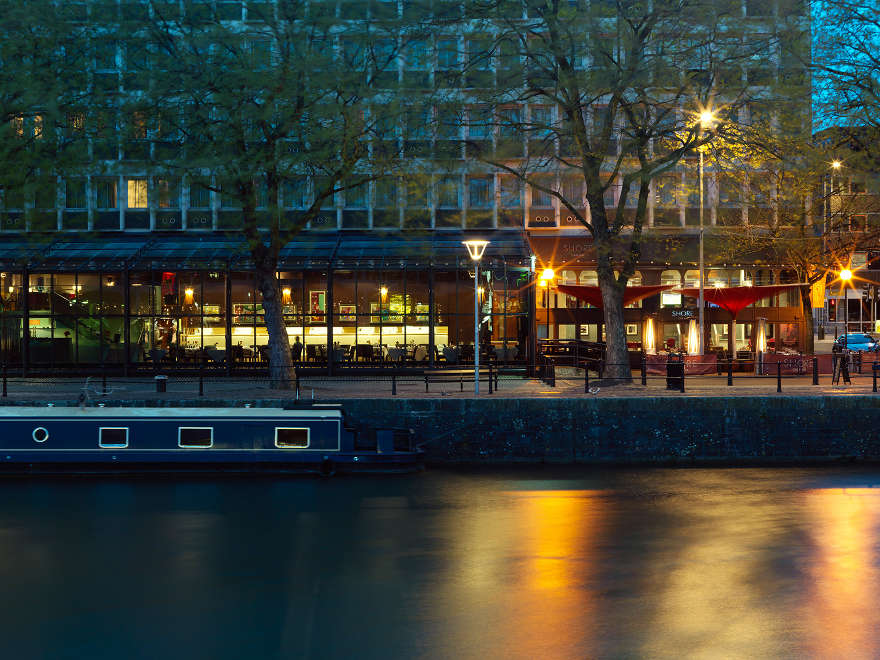Amy Hughes
What was once a solution to a cocoa crisis, has become a beloved national snack for Estonians. The Kalev candy company has been around since the 19th century, starting with handmade marzipan, and eventually becoming the Baltic nation’s biggest chocolate producer.
In the 1960s, unaware of the looming cocoa crisis to come in the next decade, Kalev decided to experiment with local Estonian flour, made up of rye, wheat, barley and peas, creating an alternative to chocolate. Otto Kubo, head of Kalev’s central lab, says the Estonian flour, called Kamarene, was used by peasants, who typically mixed it with sour milk or yogurt to make a refreshing summer drink. Estonians still consume it today.
Kalev mixed the Estonian flour with coffee, evaporated milk, sugar, cocoa powder and a few other ingredients to create the Kamatahvel, or Kama bar. The Kama bar was popular, mostly for its price, about half the cost of a chocolate bar, and its taste – not as sweet as chocolate. But it wasn’t until the 70s that the Kama bar earned its place in Estonian history.
A cocoa crisis threatened the world’s cocoa supply in 1976. Michael Segal of the International Cocoa Organization says the causes were many. “The Mideast oil crisis and high inflation rates were significant factors. In cocoa, specifically, the pressure came exactly at the wrong time when some of the producing nations’ production, like Ghana’s was flat or falling off, and other originating markets, like Cote d’Ivoire were still immature (http://countrystudies.us/ivory-coast/41.htm). As a result, the critical stocks figure was the lowest in 50 years."
Segal says, with the equivalent of just a two month supply of cocoa for the entire world, prices in 1976/77 rose to almost five times current levels. During that time, countries within the Soviet Union, like Estonia, couldn’t access cocoa beans. Kubo says, “Foreign trade was centralized, including the import of cocoa beans. When prices rose, the country didn’t have the resources to buy more expensive raw materials in necessary quantities.”
The Kama bar was the key to survival. Kalev was forced to increase its production of the Kama bar or shut the factory. Kama wasn’t just a cheaper option for consumers, it was the only option. Even today, the Kama bar retails for half the price of chocolate ($1.50 for chocolate, 75 cents for Kama). Kubo says as chocolate disappeared from the shelves, the Kama bar became the national snack.
But, in the 80s, when chocolate prices stabilized, Kama soon disappeared, too. Kubo believes after settling for the chocolate stand-in, Estonians simply longed for the real thing. The trend continued when in 1991, Estonians gained their independence. Kubo says Estonians longed to buy European chocolate from Belgium or Switzerland.
It may not have the same addictive quality as its fine European counterparts, but the Kama bar has something else – a strong sense of nostalgia. In 2001, after nearly twenty years off the assembly line, the Kama bars were brought back into production thanks to growing demand from senior citizens and kids. For seniors, it represents a bygone era, for the teenagers, it’s yellow and red, retro packaging is a symbol of cool junk food. And for both, it remains a bar half as cheap as chocolate. According to Kalev, Kama won’t be discontinued again anytime soon. It continues to rank number four as the company’s most popular bar. As the cliché goes, out of necessity comes invention, and for this Estonian candy-maker, a best-seller.
Kalev Chocolate Shops in Estonia can be found in Rotermann Quarter, Nõmme, Tartu and Kuressaare.











